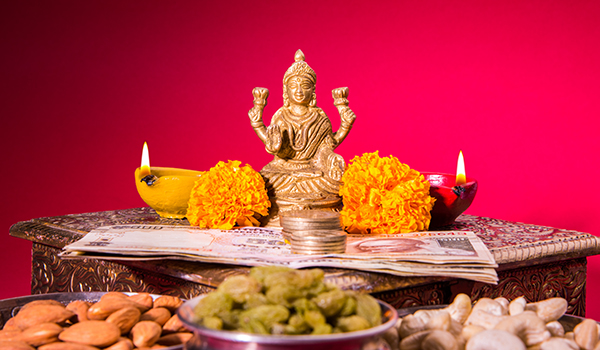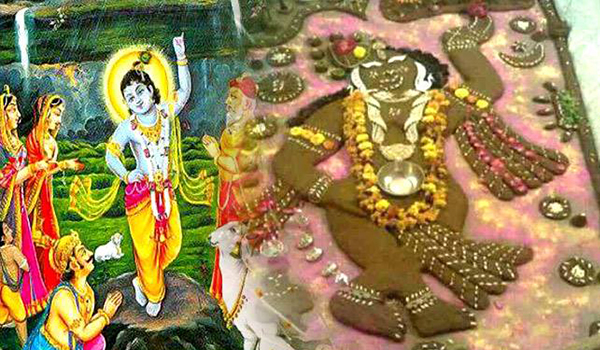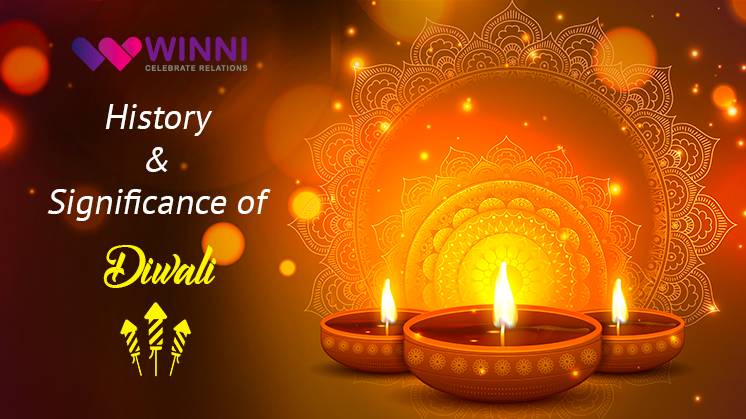Diwali or Deepavali – commonly known as the festival of lights. It is one of the most important Hindu festivals, celebrated not only in India but also in southern Asia and different parts of the world. During our childhood we all have heard about the mythological story of ‘Ramayana,’ how ‘Lord Ram’ was sent in exile (Vanwaas) for fourteen long years along with his wife ‘Sita’ and accompanied by his brother ‘Laxman,’ to live in the forests. The twist begins when ‘Sita’ gets abducted by ‘Ravana’ (also known as Lankeshwar) king of ‘Lanka.’ ‘Ravana’ deceives ‘Sita’ in the form of a ‘Sadhu’ (meaning Hermit) and takes her to his kingdom with the intention of marriage. Then all hell breaks loose and as we know the big battle takes place in which ‘Lord Ram’ succeeds in putting an end to ‘Ravana’ and bring ‘Sita’ back home safely, which marked the famous quote, “The victory of light over darkness.”
Now, we were also told that, on their triumphant return, the kingdom of ‘Ayodhya’ (the birthplace of ‘Lord Ram’) was enlightened about the events, there was a wonderful welcome planned for their home-coming. And the entire kingdom was lit up with ‘Diyas’ (Oil lamps) and there was a grand welcome and everyone rejoiced, and this is how the festival of light came into existence and is celebrated with great joy and enthusiasm every year thereafter. And this is how we perceive Diwali every year. However, there is another story in relation to Diwali, which we shall discuss later when we go through the different days celebrated during the festival.
Now let’s try to look at the festival with a different perspective; the literal meaning of ‘Deepavali’ where ‘Deepa’ means light or lamp and ‘aavali’ means a row. So basically ‘Deepavali’ is nothing but ‘Row of lights.’ Now let’s also look at the ‘Diyas’ in a different way. Unlike today where, ‘Diyas’ are made with different materials, in the olden days they were made with clay. Now, when talking about ‘Deepavali,’ there is also another scientific explanation.
Unlike today where many festivals are associated with religious sentiments, the actual reason for the origin of the festival is lost due to ignorance. We will talk about that in a moment, first let’s talk about the scientific reason behind lighting ‘Diyas’, Yes, a house completely lit with ‘Diyas’ looks astonishing, but back in the old days, even before religion got associated with the festivals, one of the main reasons for lighting ‘Diyas’, apart from making darkness absent, were’ Insects’. Yes, insects were the reasons for lighting Diyas.
I can sense, you are still confused and wondering what the correlation of Diyas on Deepavali and Insects is. Let me explain, as we all know the innate nature of insects is to get attracted to light and die. During the initial winter months (October/November), insects breed in large numbers, now this is also the time for farmers to harvest their crops, but a large number of insects eat up the crops and in turn destroy them, which causes a very heavy negative impact on farmers financially. So what they do is light up Diyas, now as discussed earlier the insects get attracted to the light of the Diyas and die. So it’s a kind of suicide mission which eventually benefits the farmers. So it is evident that a good harvest equals prosperity and most of the festivals celebrated are after crop harvesting, take ‘Baisakhi’ for example, Diwali is actually older than ‘Ramayana.’
So now, when farmer’s yields are bountiful, which signifies good earnings, comes a time where ‘Lakshmi’ (Goddess of wealth and prosperity) is considered to enter their lives. This calls for ‘Lakshmi Pujan’ where the goddess is honored and worshiped. And where there is prosperity, there are celebrations, back then, having a prosperous harvest gave farmers the capability to purchase new clothes, paint their homes, prepare rich food delicacies, etc.
When it comes to the delicious snacks, which are prepared during the festivals, they also have some background to it. During winters, we are aware that days become shorter and nights become longer, and in those days cooking food late was not an easy task. Also, people slept early so. As a result, women use to prepare food and snack at the same time, keeping them aside for munching later when feeling hungry. This tradition is followed till date where snacks and sweets are prepared for Diwali and other festivals as well.
Deepavali, as we know, is an overall 5 days celebration:
Dhanteras
Dhanteras (Wealth and prosperity) also known as ‘Dhanvantari Trayodashi’ or ‘Dhantrayodashi’ is the first day of Diwali. Primarily, people clean and decorate their homes and offices with flowers and geometric designs called ‘Rangoli.’ And as the story goes, Dhanteras is celebrated because on this day ‘Dhanvantri’ (God of good health and Science) came to earth with the gift of Ayurveda.

Narak Chaturdashi (Choti Diwali)
Choti Diwali is the second day of Diwali, on this day Hindu’s remember ‘Lord Krishna’s victory over the demon ‘Narakasur’ who was given the boon to be killed only by his mother ‘Satyabhama’ only. Along with defeating ‘Narakasur’ he also saved 16,100 women that were kept under seize by the demon. Hence Diwali is celebrated for the defeat of ‘Narakasur.’ This is the second story related to Diwali, which we talked about in the beginning. However, in north India majorly Diwali is associated with Lord Rama’s victory over Ravana, while in West Bengal people worship ‘Kali – Goddess of death.’

Lakshmi Pujan
The third day is ‘Lakshmi Pujan,’ which we discussed earlier is the main day of Diwali festival falling on the night of the new moon. But it’s not only ‘Goddess Lakshmi’ who is worshiped but also ‘Lord Ganesh’ and we all know the story of why they are worshiped together. The night ends with a huge feast and fireworks.

Govardhan Puja
The fourth day is the day of, ‘Govardhan Puja’ also known as ‘Padwa’ or ‘Bali pratipada.’ This day is celebrated as per the story according to ‘Vishnu Puraan’ where ‘Lord Krishna’ saved the people of ‘Vrindavan’ from the wrath of ‘Lord Indra’ (God of Rain), giving the people and cattle shelter under the ‘Govardhan Mountain’, which he picked from the little finger of his right hand. It was because ‘Lord Krishna’ asked people to stop worshiping ‘Lord Indra’ and start worshiping the ‘Govardhan Mountain’ as the Mountain brought the rains for them and not Lord Indra, which obviously made Lord Indra furious. Lord Krishna held the Mountain on his little finger for seven days and nights, after which ‘Lord Indra’ accepted him as supreme power and ‘Govardhan Puja’ came into existence.

There is another legend which is associated with the Govardhan Puja. It is about the ‘King Bali’ who was defeated by ‘Lord Vishnu’ in ‘Vamana’ avatar. It is said that on this day every year, King Bali come out of ‘Pataal’ (Hell) and visits his earthly Kingdom.
Bhai Dooj
The fifth day of Diwali is called ‘Bhai Dooj,’ dedicated to brothers and sisters. According to the legend, ‘Yamraj’ (God of death) visited his sister ‘Yami’, also known as ‘Yamuna’, on this day and was moved by the way he was treated by her, he then blessed her and declared that any brother who receives an ‘Aarti’ and ‘Tilak’ on this day from his sister should never be frightened of death.

So, these were some facts and myths regarding Diwali, a festival celebrated to spread joy and happiness and as a mark of victory over darkness. However, leaving aside all this, we can’t run away from the fact that the way modern-day Diwali is being celebrated, it is troubling, not only, our environment in the form of pollution, but also animals, children, and elderly people, and we need to stop this act as soon as possible, the sooner we understand this, the better it will be for us and the generations to come.
So this Diwali instead of burning ‘Lakshmi’ in the form of crackers, let’s celebrate a green Diwali by planting trees and save the earth from a catastrophe. You can also exchange plants as a Diwali gift and spread the message to plant more trees!




